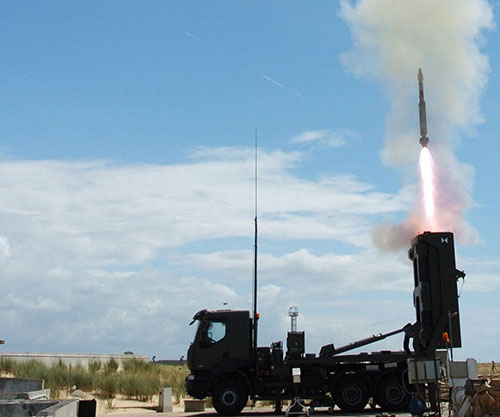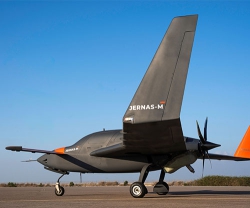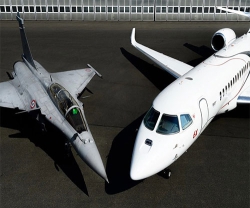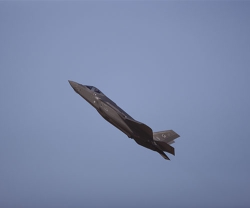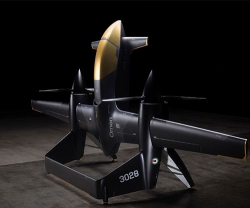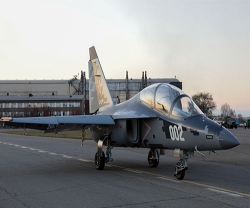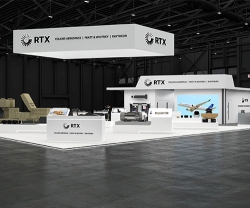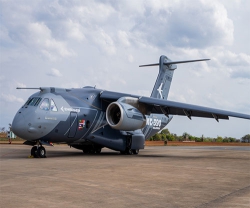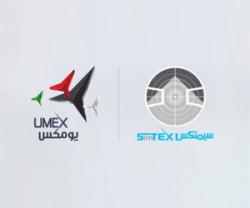MBDA has been awarded a contract from the Egyptian Navy for the VL MICA NG (New Generation) air defense system to equip its Egyptian corvettes.
Officially launched in October 2020, the VL MICA NG system is based on the integration of the MICA NG (New Generation) missile into the existing VL MICA point and close area air defense system.
The VL MICA NG system offers improved capabilities to handle atypical targets (UAVs, small aircraft), as well as future threats characterized by increasingly low observable infrared and radio frequency signatures. Additionally, VL MICA NG will be able to intercept ‘conventional’ targets (aircraft, helicopters, cruise missiles and anti-ship missiles) at longer distances.
Eric Béranger, MBDA CEO, said: “This agreement proves the confidence of our Egyptian customer in our VL MICA family, which 15 armed forces around the world already use for the protection of their naval and land forces.”
The Egyptian Navy already equips its four Gowind class corvettes, recently procured from the French Naval Group shipyards, with systems from the VL MICA family.
The MICA NG missile began development in 2018, initially to equip France’s Rafale fighter jet. Whilstinheriting MICA’s external dimensions, MICA NG is an entirely new design internally. The newgeneration missile retains the unique concept - having either an infrared (IR) or a radio frequency(RF) seeker on the same common missile body - that has made the MICA multi-mission missile such asuccess for a quarter of a century. This concept allows an operator, at the moment of firing, to selectthe best option to respond to the tactics adopted by the adversary.
On the MICA NG, a new IR seeker based on a matrix sensor provides increased sensitivity, while anew RF seeker with an active electronically scanned antenna (AESA) allows for smart detectionstrategies. The lower volume of electronic components internally enables MICA NG to carry a largerpropellant load, significantly extending its range. Its new dual-pulse rocket motor provides additionalenergy to the missile at the end of its flight, improving maneuverability and the missiles ability tointercept targets at long range. In surface-to-air mode, MICA NG will be able to intercept targets over40 km away. Additionally, there will be significant reductions in maintenance and ownership coststhanks to internal sensors that monitor the status of the missile throughout its life cycle.
MICA NG will be available in series production from 2026.
The external dimensions of the MICA NG missile remaining the same as its predecessor enables themissiles’ integration into existing VL MICA launchers. The system’s existing data link mechanisms arealso compatible with the increased kinematic performance of the new generation missiles, enablingcurrent VL MICA systems to be upgraded to VL MICA NG standard by simple software updates.
Armed forces around the world already using systems in the VL MICA family – naval or land-basedversions - will consequently benefit from enhanced potential of the new generation missiles tocounter future threats.
MBDA is the only European defense group capable of designing and producing missiles and missilesystems that correspond to the full range of current and future operational needs of the three armedforces (land, sea and air).
With a significant presence in five European countries and within the USA, in 2019 MBDA achievedrevenue of 3.7 billion euros with an order book of 17.5 billion euros. In total, the group offers a rangeof 45 missile systems and countermeasures products already in operational service and more than 15others currently in development.
MBDA is jointly owned by Airbus (37.5%), BAE Systems (37.5%), and Leonardo (25%).

